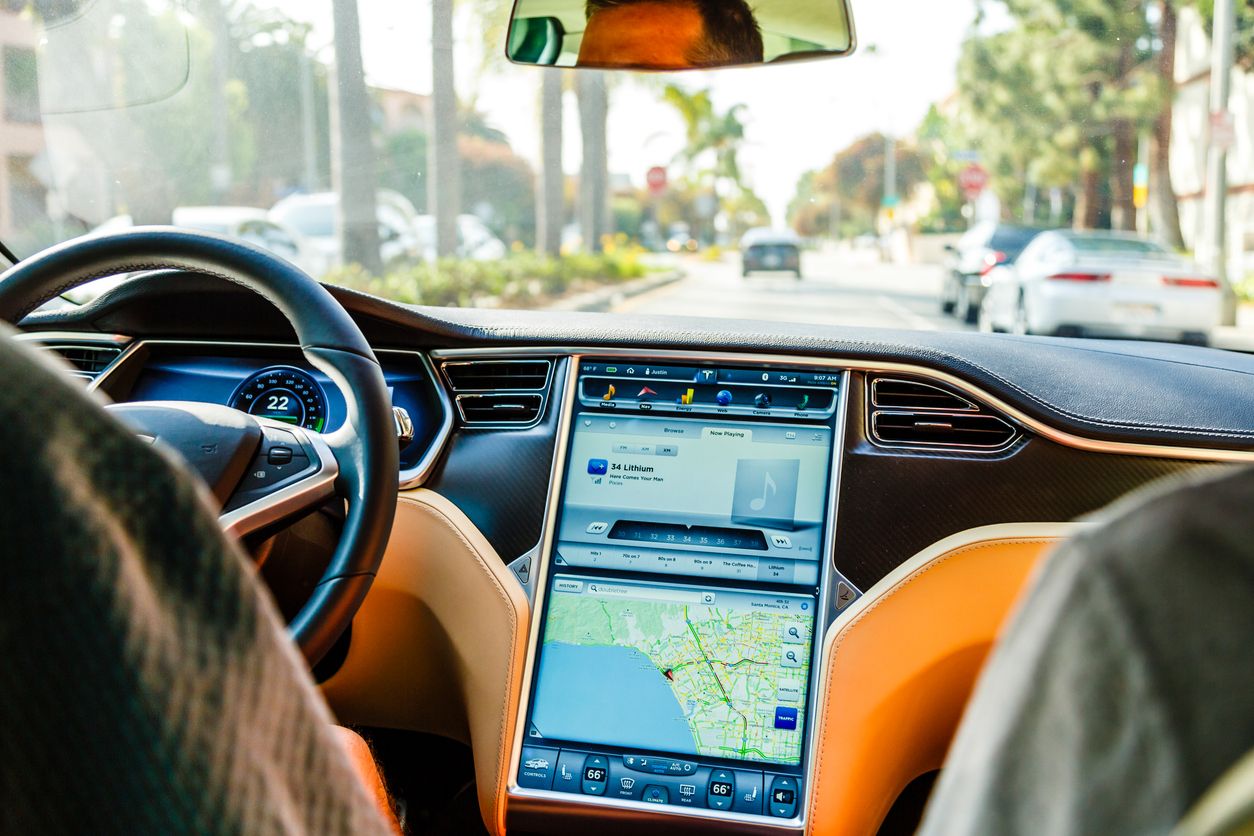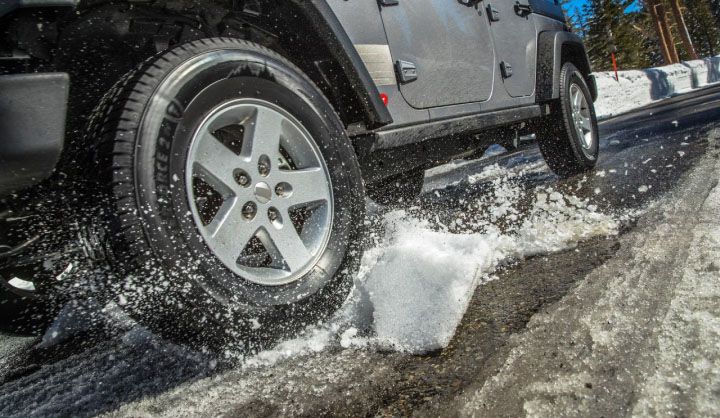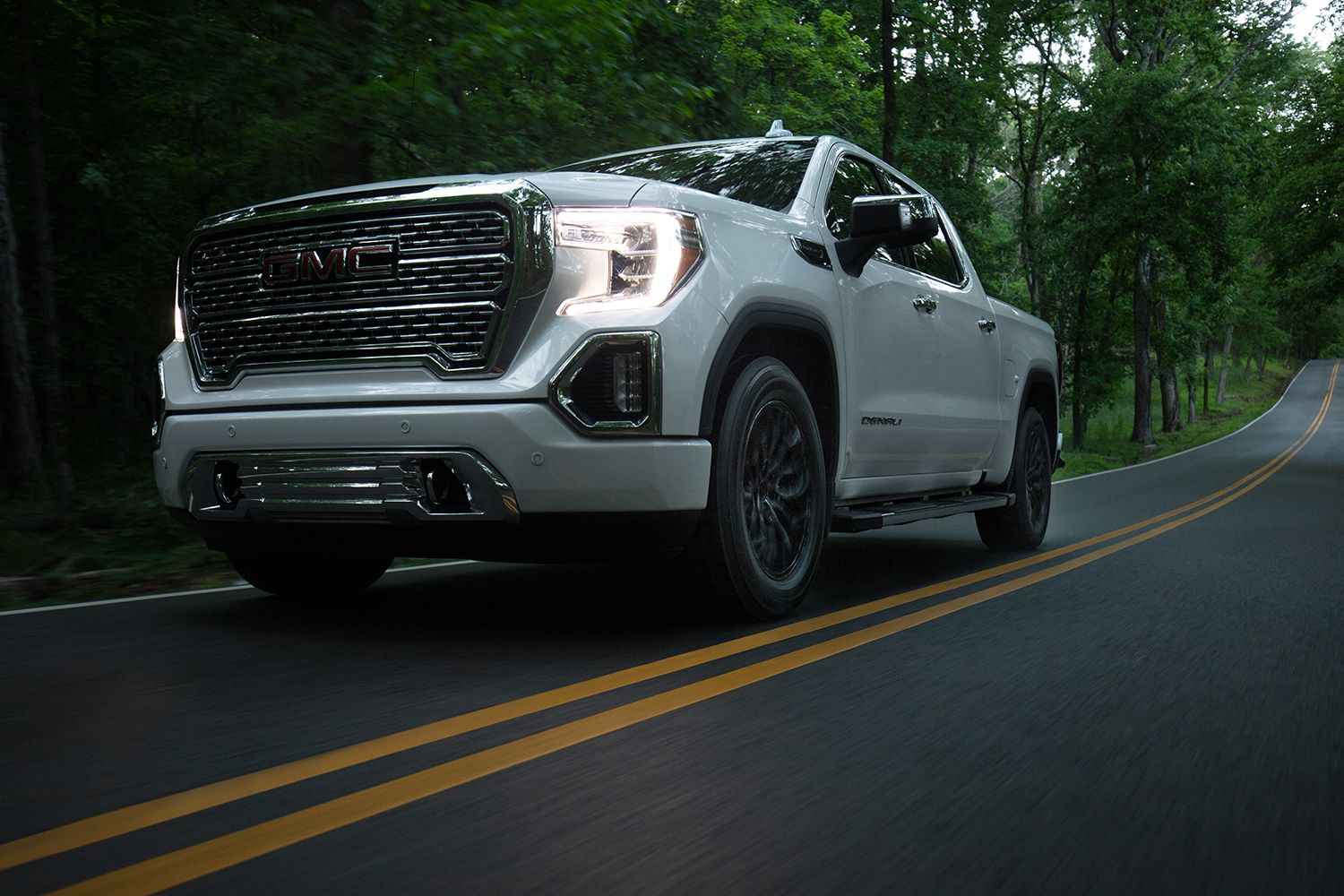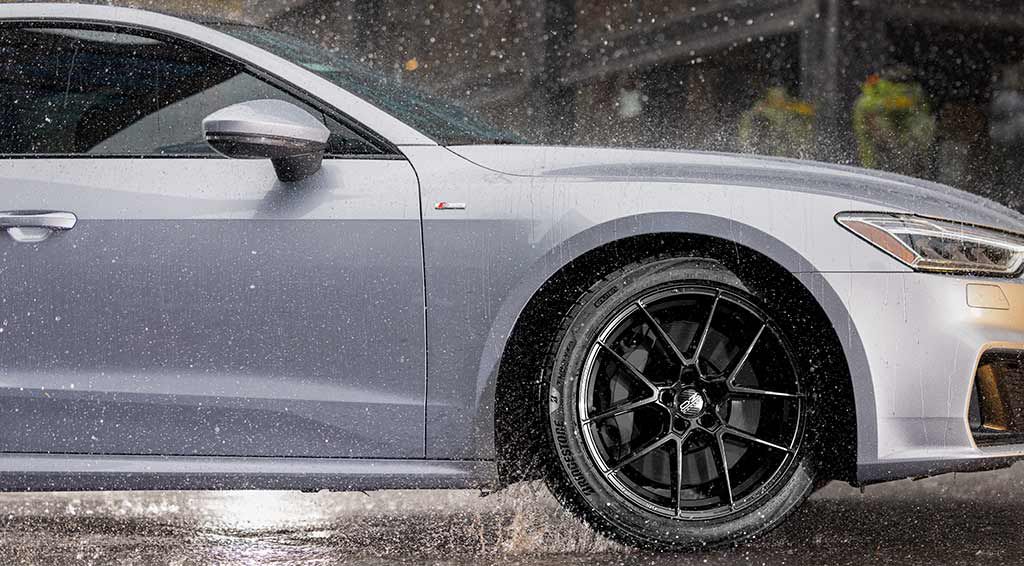Whether you’re a begrudging frequenter of charging stations or just an electric vehicle (EV) owner planning a holiday road trip, learning how to maximize EV range is paramount. Dive into various EV range factors, from driving habits to tire types, to ensure your EV goes the distance.
What Affects EV Range? Key Takeaways
From storage and maintenance to real-world driving situations, many factors can affect your EV’s range. We’ll explore each of these in detail, but here’s the abridged list:
- Temperature: Extremely cold or hot environments can impact your EV battery’s health, capacity, and overall performance.
- Charging Habits: Overcharging or subjecting your EV’s battery to deep discharges can affect your battery’s capacity, health, and range.
- Driving Habits: Aggressive acceleration and high speeds may require more power from your EV’s battery than tame driving.
- Terrain: Hilly or mountainous roads require more power, which can quickly drain your vehicle’s battery’s reserves.
- Load: Carrying or towing heavy loads, or even riding with many passengers, may decrease range. This is due to the increased energy required to move the vehicle.
- Accessories: The use of air conditioning, heated seats, and other in-car electronics drain your EV’s battery without propelling your vehicle, thereby decreasing range.
- Tire Pressure: Under-inflated tires can increase rolling resistance, making your EV’s motors work harder and using more energy.
- Tire Type: The type of tires on your vehicle — EV-specific or not — can affect rolling resistance and efficiency, impacting range.
How to Improve EV Range: 8 Potential Ways
Now that you know what can impact EV range, here's how you can cater to each of these EV factors and potentially maximize your driving distance:
#1. Charge with Care
Further cementing our Goldilocks analogy, high-voltage battery packs, like those in your EV, don’t like having too little or too much charge; they’re happiest between 20 and 80 percent. So, frequently charging your battery to 100 percent or leaving it below 20 percent for extended periods can impact its health—which is why prioritizing EV battery care ranks number one on our list of EV maintenance tips.
Charging to 100 percent may be convenient, but to give your battery the best chance at staying healthy, aim to recharge it when it dips to 20–30 percent capacity. Then, stop charging it shortly after it reaches 80 percent.
Please note: This is general guidance. Some manufacturers build overcharging protection into their battery systems. Always check your owner's manual for the most relevant information.
#2. Store your EV in a Climate Controlled Area
Car batteries, EV or not, are like Goldilocks — they function best when temperatures are “just right.” Too cold (below 40°F), and the chemical reactions inside the battery are slowed down, inhibiting charging and discharging. Too hot (above 80°F), and the reactions are sped up, increasing self-discharge and corrosion. This is why most EVs typically have less range during cold winters or hot summers.
Fortunately, many manufacturers build battery heating and cooling solutions into their vehicles to combat extreme environmental temperatures. But when your vehicle isn’t running, and those systems are off, storing it in an environment of 70–80°F can help preserve battery life.
#3. Start Slow, Stop Slow
The nearly instantaneous torque EVs offer is exhilarating, so we understand the need for speed and acceleration. However, like internal combustion engine (ICE) powered vehicles, EVs can suffer from reduced range when driven aggressively. As such, accelerating gently and maintaining a constant speed can increase your EV’s range.
Most EVs also offer regenerative braking — a feature that converts the kinetic energy of your already moving vehicle back into electrical power when you let off the “gas” pedal. If you anticipate the flow of traffic and let off the gas pedal earlier than you have to, you can maximize your EV’s regenerative braking abilities and potentially extend its range.
#4. Plan Your Route
The scenic route might not be the most efficient one. As we mentioned in the last tip, maintaining a constant speed can lessen the power required to keep your vehicle moving. Routes with many curves or grades do the opposite — they require more energy to speed up and slow down as needed. So, to maximize your EV’s range, it’s generally best to take the freeway or routes with fewer hills and turns when possible.
#5. Travel Light
The amount of energy used to propel something is correlated to its weight. As such, heavier EVs, or those towing a load, require more power to accelerate and maintain speed. This added power requirement drains their batteries faster. Refrain from towing vehicles or trailers and reduce the number of passengers and unneeded items in your car when you need to maximize your EV’s range.
#6. Reduce A/C and Accessory Usage
In an EV, most, if not everything, is powered by electricity. This means your heating, ventilation, air conditioning (HVAC) system, and other electronic accessories increase energy consumption and can shorten battery range.
Turning off your accessories might be reasonable, but what about A/C? In some places, it’s so hot that A/C is necessary. So, how much does A/C affect EV range? According to U.S. News, A/C can account for 31 percent of EV battery drain when it is 100°F outside. Fortunately, at 90°F, that drops to 5 percent and only decreases from there.
We certainly don’t want to put you at risk of discomfort, dehydration, or worse, so if you need the A/C, please use it. But ultimately, if you need to maximize your range, it may help to turn off the A/C.
#7. Keep an Eye on Tire Pressure
Low tire pressure negatively affects handling and tire wear rate. It also increases rolling resistance—the force trying to hold your tire back from rolling on a surface. Lower rolling resistance means that your vehicle requires less energy to move, so keeping it to a minimum is crucial to extending range.
However, overinflated tires aren’t great, either—they’re subject to increased wear, reduced traction, and may cause a harsher ride. Maintaining optimal tire pressure is key, so always consult your owner’s manual.
#8. Invest in EV-Specific Tires
While installing EV-specific tires on your vehicle may not be strictly necessary, it is highly recommended. Equipping your EV with standard tires can increase tire wear and decrease range. On the flip side, EV-specific tires can last longer and extend range since they are designed to accommodate the heavy batteries, incredible torque, and unique efficiency requirements of EVs.
If you’re looking for a quality EV-specific tire, we recommend a set of Bridgestone Turanza EV tires. Here’s what we believe makes them special:
- ENLITEN Tire Technology: EV Bridgestone Turanzas offer the low rolling resistance your EV needs to maintain a long mileage range per charge.
- QuietTrack Technology: Long range doesn’t have to come at the expense of comfortability. QuietTrack Technology reduces road noise for a comfortable, quiet ride.
- PeakLife Polymer Technology: Built for wear and tear, the EV line of Bridgestone Turanzas is designed to withstand the increased torque and weight demands of EVs.
Drive Further with Firestone Complete AutoCare
Combined with good driving habits and the right EV maintenance from professional technicians at Firestone Complete Auto Care, Turanza EV tires can play a major role in helping you get the most out of your EV. Schedule an appointment at your nearest location today!
Contact your local Firestone Complete Auto Care to ensure EV services are available in your area. Store-by-store capabilities may vary for some limited services.



